|
Uddiyana and Nauli are traditional yogic practices. They date back more than 500 years to at least the Hatha Pradipika.
To do Uddiyana, one holds the breath out and then expands the ribcage as if inhaling. What results is a vacuum in the abdomen which sucks the belly, intestines and organs up. Uddiyana means 'flying up.' "This practice is called Uddiyana because the diaphragm is made to fly up from its original position and held very high in the thoracic cavity." (Yoga Mimamsa, Vol. 1, Oct. 1924) In the early 1920s, Swami Kuvalayananda began a school and laboratory, using modern scientific equipment to test traditional yogic practices and publish the results. His newsletter is Yoga Mimamsa, which started in 1924 and continues today. The first edition was dedicated to the study of Uddiyana. They performed two ground-breaking studies, one involving early X-Ray technology to view the intestines, and the other measuring the internal pressure of the abdominal cavity during Uddiyana. "This exercise has been studied under the X-Ray. Very interesting and valuable data have been collected. Two X-Ray experiments are published...and an article discussing the therapeutic value of this Yogic practice is included..." (ibid.) The pictures above are from the 1960s, when Dr. Gouri Shankar Mukerji performed a similar experiment. These pictures are much clearer than the ones from 1924, which is why we post them here. The x-rays from 1924 are cloudy and difficult to discern. In the above pictures, one can clearly see that Uddiyana pulls the intestines and organs up into the thoracic cavity. The second test measured pressure in the intestines and rectum during the practice. They found that internal pressure is reduced, creating a partial vacuum. "As soon as the muscles were moved for Nauli, the mercury fell through 40 mm. indicating a clear partial vacuum." (ibid.) The discovery of this vacuum was significant, since scientists of the time hypothesized that Nauli reversed the peristaltic movement of the intestines, which would be detrimental to health. The discovery of the partial vacuum refuted this idea. Kulvalayananda named his discovery the "Madhavadasa Vacuum," after his esteemed teacher.
0 Comments
Leave a Reply. |
AUTHORSScott & Ida are Yoga Acharyas (Masters of Yoga). They are scholars as well as practitioners of yogic postures, breath control and meditation. They are the head teachers of Ghosh Yoga.
POPULAR- The 113 Postures of Ghosh Yoga
- Make the Hamstrings Strong, Not Long - Understanding Chair Posture - Lock the Knee History - It Doesn't Matter If Your Head Is On Your Knee - Bow Pose (Dhanurasana) - 5 Reasons To Backbend - Origins of Standing Bow - The Traditional Yoga In Bikram's Class - What About the Women?! - Through Bishnu's Eyes - Why Teaching Is Not a Personal Practice Categories
All
Archives
May 2024
|

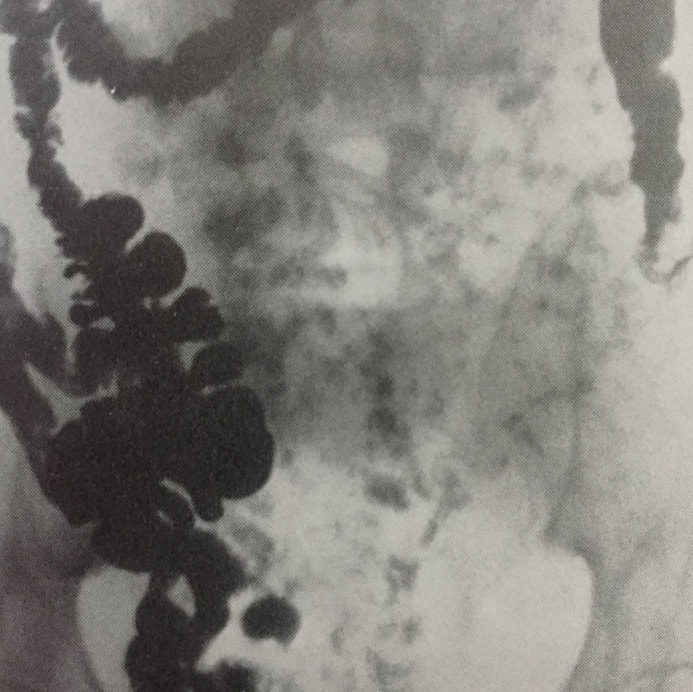
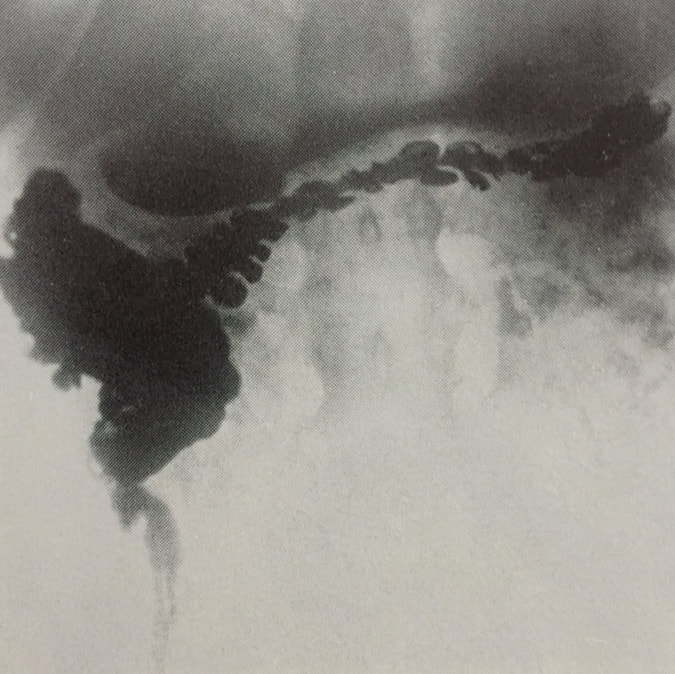
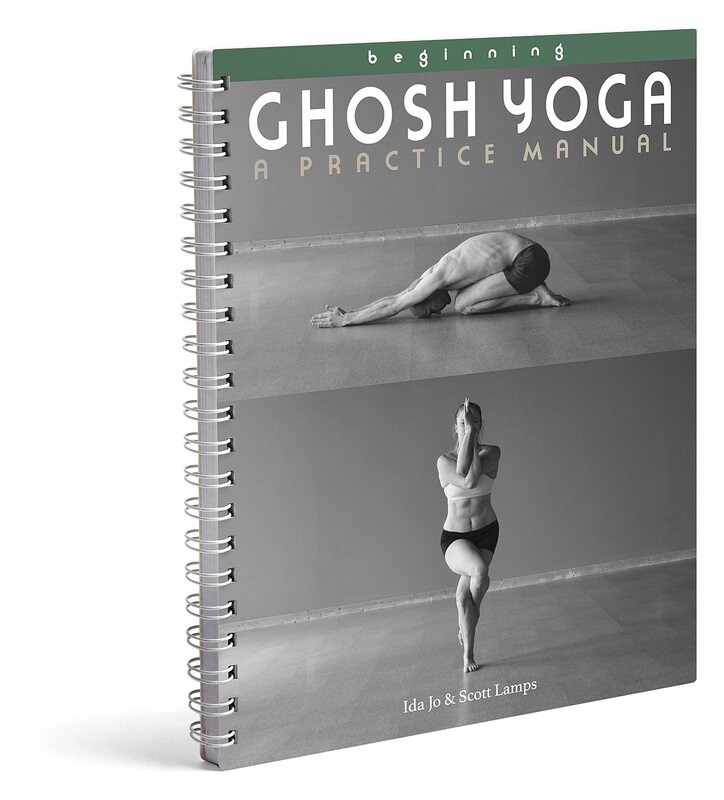
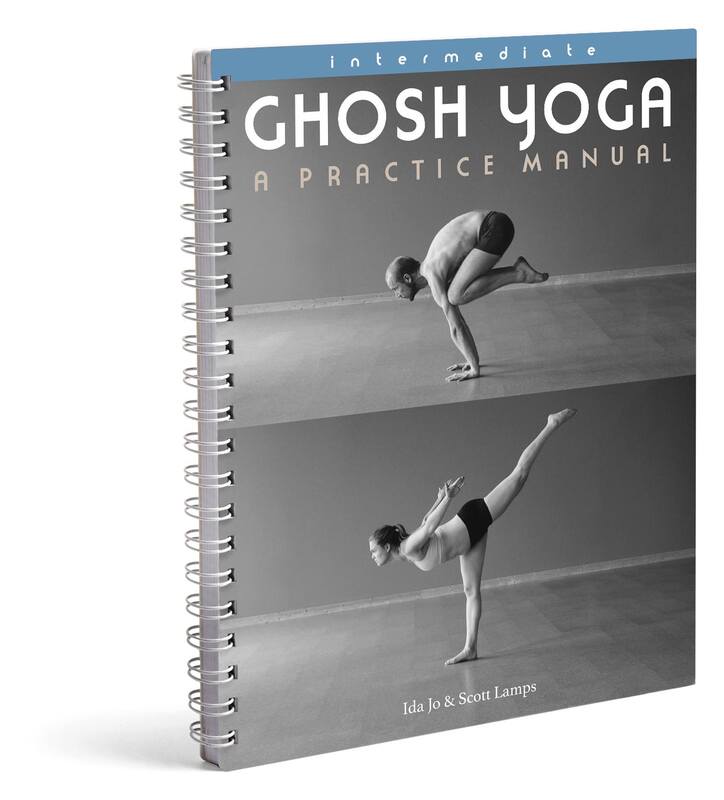
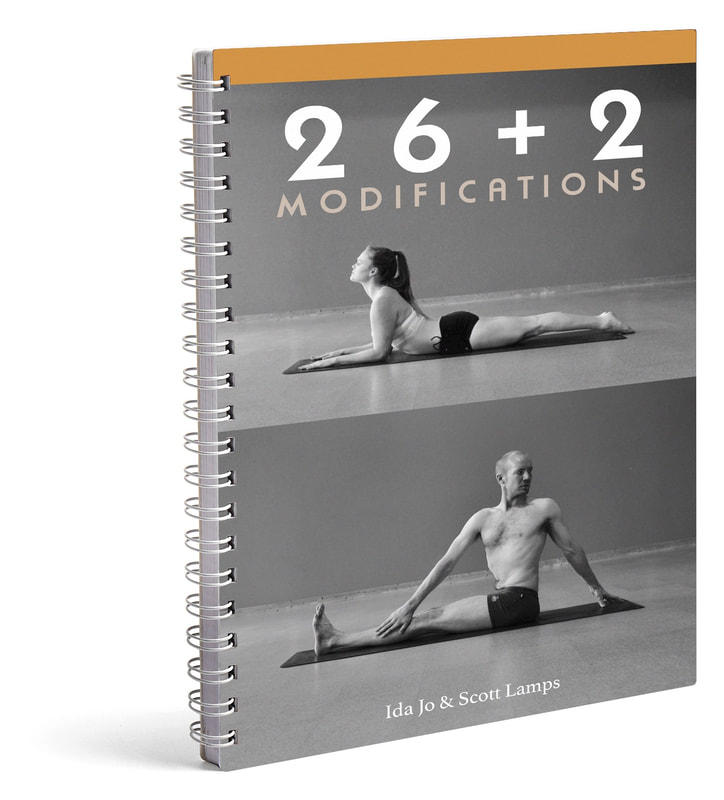
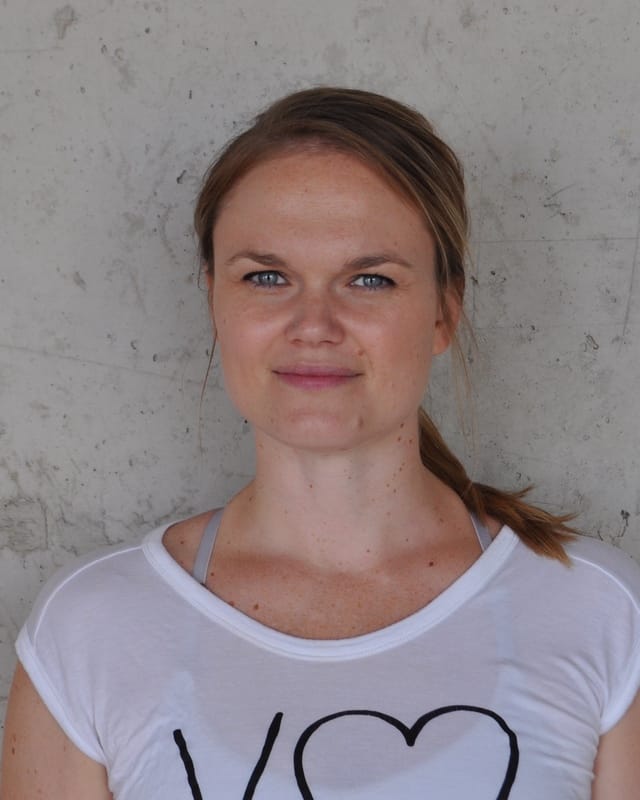
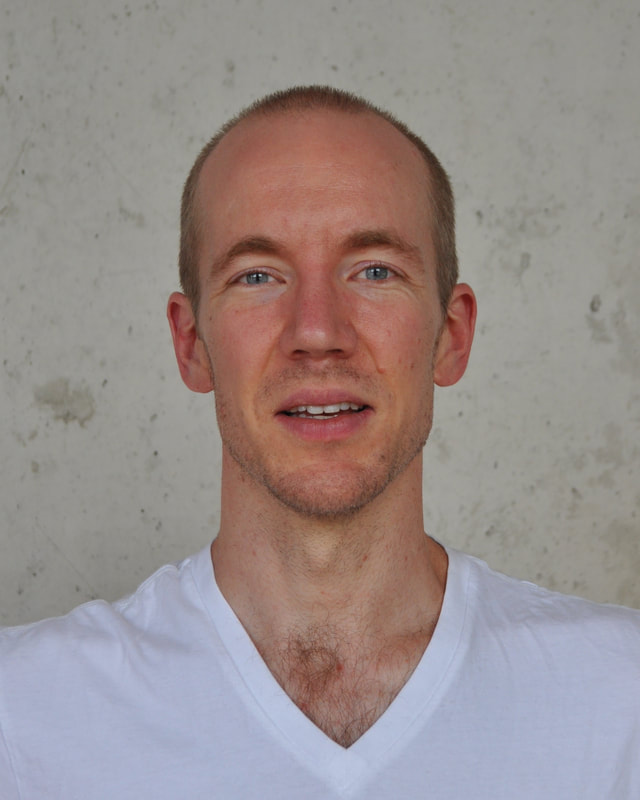
 RSS Feed
RSS Feed